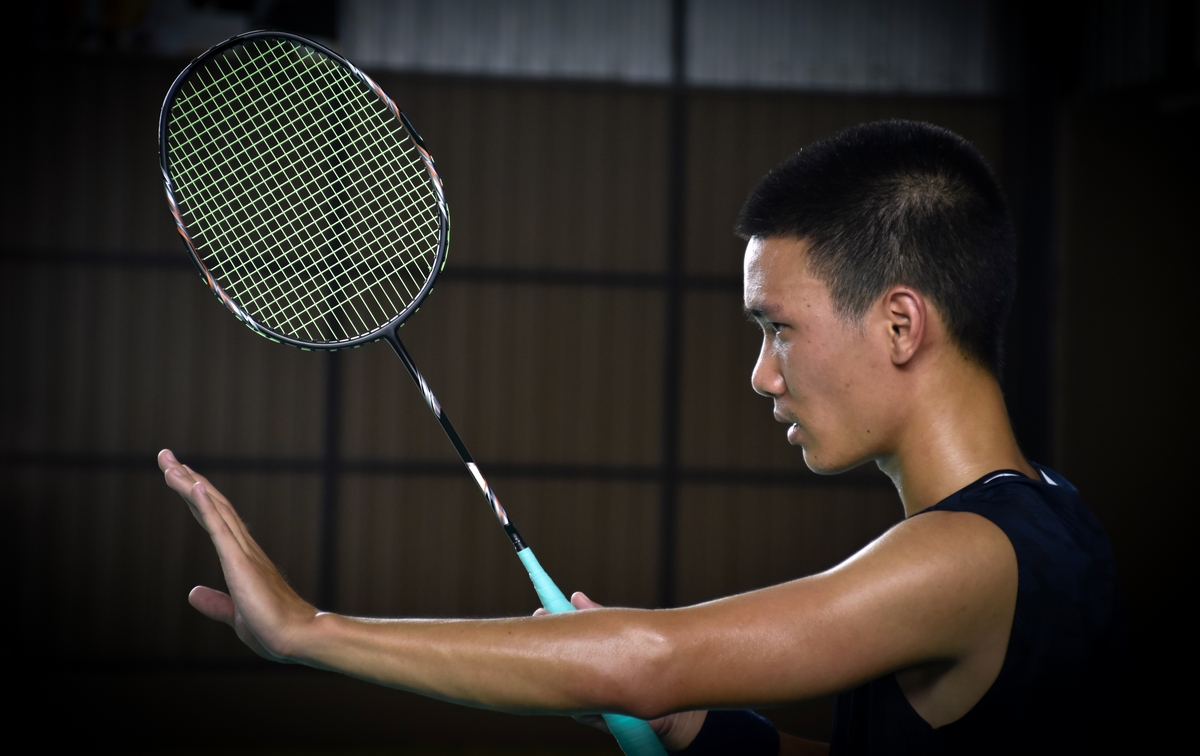The Philosophy of Badminton
July 23, 2024
Based on the “Badminton Handbook” by the author Bernd-Volker Brahms, here are the key points about the philosophy of badminton:
Speed and Evolution
- High-Speed Sport: Badminton is one of the fastest sports in the world, with smash speeds recorded up to 206 miles per hour, even faster than a golf ball (Brahms, 2010).
- Significant Evolution: The sport has evolved significantly over the past 20 years, particularly since becoming an Olympic sport. Major changes have occurred due to:
- Advancements in Sports Science
- Tactical and Training Innovations
- Industrial Research in Racket Production
These factors have revolutionized badminton in recent years, making it a highly competitive and technically demanding sport (Brahms, 2010).

Modern Game and Professionalism
- Elite Competition: The modern game of badminton is far removed from its origins as a leisurely backyard activity or genteel aristocratic sport. At the elite level, only fully dedicated professionals can compete successfully (Brahms, 2010).
Key Developments
- Training Methods and Game Analysis: Improved training methods and game analysis have led to extremely high-level performances.
- Stroke Techniques: There has been a shift from sweeping strokes and wrist movements (common until the mid-1980s) to short backswings, reducing opponents' reaction time.
- Serving Techniques: Changes in serving technique, with elite players now predominantly using backhand serves in both singles and doubles matches.
- Biomechanics: A new understanding of biomechanics, particularly the importance of the forearm twist rather than just wrist action for most strokes (Brahms, 2010).
Physical and Mental Skills Required
Badminton demands a wide range of physical and mental skills, including:
- Speed
- Concentration
- Conditioning
- Sensitivity
- Coordination
- Finesse
The sport engages the whole body, making it complex yet allowing beginners to make rapid progress after just a few training sessions. This accessibility has contributed to badminton's popularity as a high school sport (Brahms, 2010).
Tactical Aims
- Strategic Targeting: The fundamental aim of badminton is to place the shuttle where the opponent cannot reach it or can only return it with difficulty. Tactically, the corners of the opponent's court are the most advantageous targets, being the furthest points from the opponent's position (Brahms, 2010).
Importance of Correct Techniques
- Early Development: The book emphasizes the importance of learning correct techniques from the start, as it takes years to unlearn incorrect movement patterns. Under the pressure of competition, players tend to revert to old habits, making it crucial to develop proper form early on (Brahms, 2010).
Conclusion
The philosophy of badminton has evolved from a leisurely pastime to a highly technical, fast-paced sport that demands a combination of physical prowess, mental acuity, and strategic thinking. The sport's accessibility to beginners, coupled with its complexity at higher levels, contributes to its widespread appeal and continued growth as a global sport.
This summary reflects the key points from the first chapter of the book, showcasing the evolution and intricate nature of badminton as both a physical and mental discipline.






